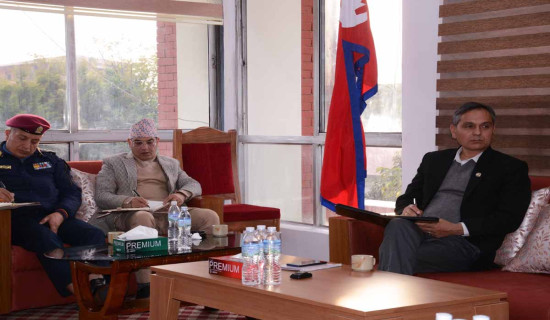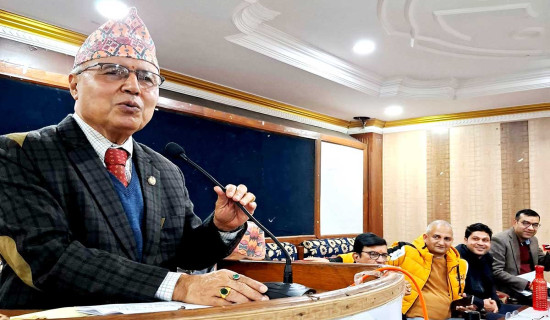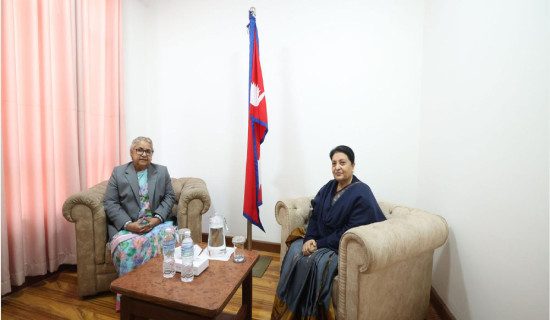- Monday, 8 December 2025
Terminate Rickety Tuins
Amid lofty vision and assurances of development, the rural communities in Nepal continue to endure the risk of outdated infrastructure. One striking example is the ongoing reliance on ‘tuins'— makeshift cable contraptions — used to cross rivers in remote areas. This issue, long highlighted as a priority by successive governments, still remains unaddressed, leaving communities like those in Kharpunath Rural Municipality of Humla District vulnerable and frustrated. In 2019, the then-government had promised to get rid of tuins by January 2021. But now that promise sounds unfulfilled and meaningless. The intention was to replace dangerous cable crossing mechanism with safer and more reliable bridges. However, here we are in June 2024, with people from remote areas still risking their lives daily to cross the Karnali River via these precarious cable systems. The reality is distressing, with tall talks and unfulfilled promises. Like in Kharpunath, the delays in construction work have been especially acute in other parts of the country as well.
Despite a contract awarded three years ago to construct a motorable bridge over the Karnali at Lali Bagar, the project has seen virtually no progress. The local Infrastructure Development Office’s failure to ensure timely completion of work has left thousands in peril. Locals are compelled to walk four hours to find the nearest suspension bridge as an alternative to tuin, a journey many cannot make routinely. Such a neglect is particularly egregious during the monsoon season. Heavy rains exacerbate the dangers of using tuins, making an already risky life more threatening. The swollen, fast-flowing rivers transform these cable crossings into death traps. Each monsoon, the local headlines are often filled with the tragic stories of accidents and casualties resulting from tuin failures. Yet, despite the obvious urgency, there is a lack of political will to address this issue.
The broader implications of this negligence are severe. Communities that rely on tuins are often cut off from essential services during the monsoon. Access to healthcare, education, and markets is hindered, perpetuating cycles of poverty and marginalisation. Children miss schools, patients miss critical medical appointments, and farmers cannot transport their goods, all because safe and reliable infrastructure is not in place. It is a distressing reflection on the priorities of our leaders. Grand announcements and high-profile projects in urban centres often overshadow the basic infrastructural needs of rural areas. The rhetoric of development and modernisation is unfulfilled if it fails to translate into tangible improvements for the most vulnerable populations.
This also reflects the lack of accountability within the bureaucratic mechanisms. The failure to complete even one per cent of the bridge project over three years is indicative of systemic issues that go beyond individual leaders. It points to deeper malaise of governance where promises are made for political will without genuine intent to work for public welfare. It is imperative that the government prioritise the completion of stalled projects and commit to a transparent timeline for them. Also, interim solutions such as the construction of suspension bridges must be expedited to provide immediate solution. The continuing dependence on tuins is a reminder of a yawning gap between political promises and the lived reality of rural Nepalis. Ensuring safe and reliable crossings of rivers is not just a matter of adding infrastructure; it is a matter of life and death for many communities.

















